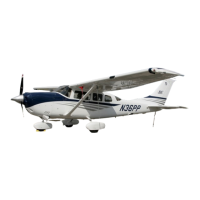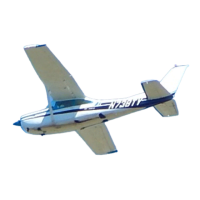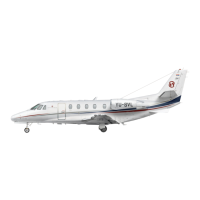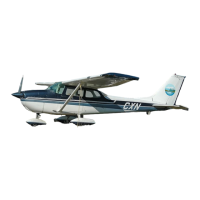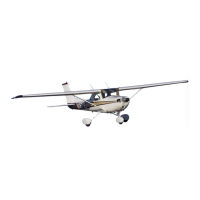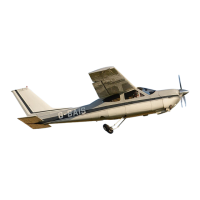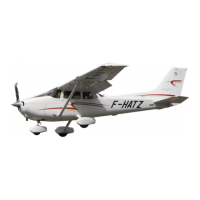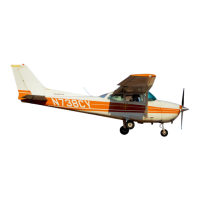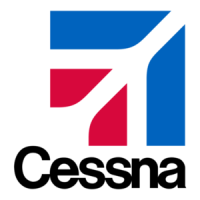
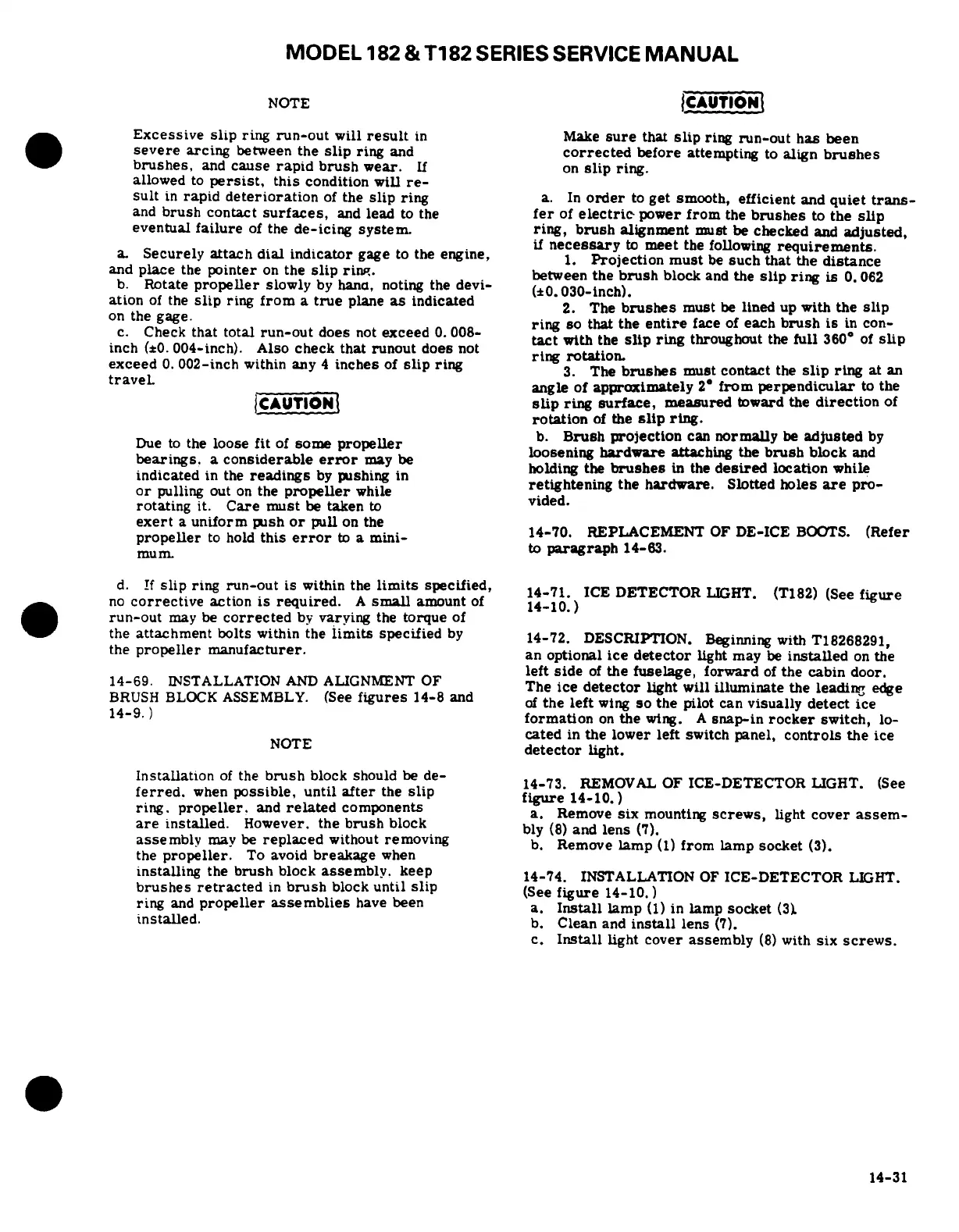 Loading...
Loading...
Do you have a question about the Cessna T182 Series and is the answer not in the manual?
| Engine Type | Lycoming IO-540-AB1A5 |
|---|---|
| Horsepower | 230 hp |
| Seating Capacity | 4 |
| Service Ceiling | 18, 100 feet |
| Takeoff Distance | 1, 600 feet |
| Landing Distance | 1, 350 ft |
| Type | Single-engine |
| Max Takeoff Weight | 3, 100 lb |
| Wingspan | 36 ft |
| Length | 29 ft |
| Height | 9 feet 3 inches |
| Fuel Capacity | 92 US gal (348 L) |

